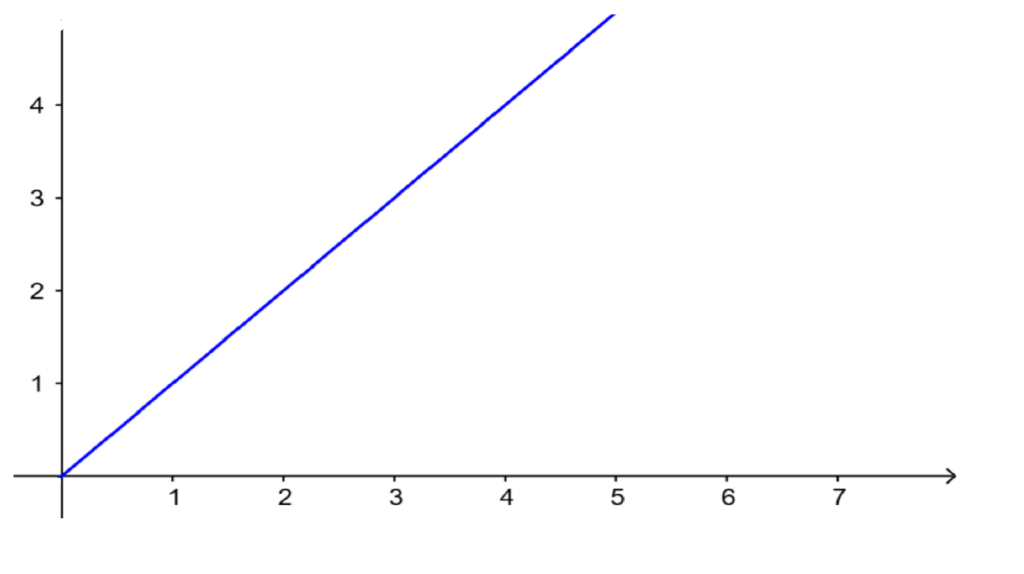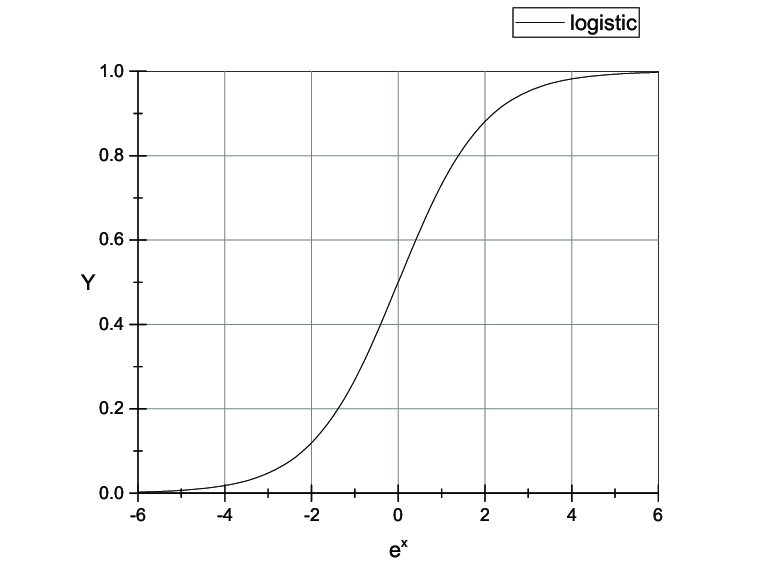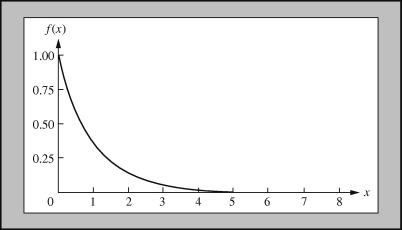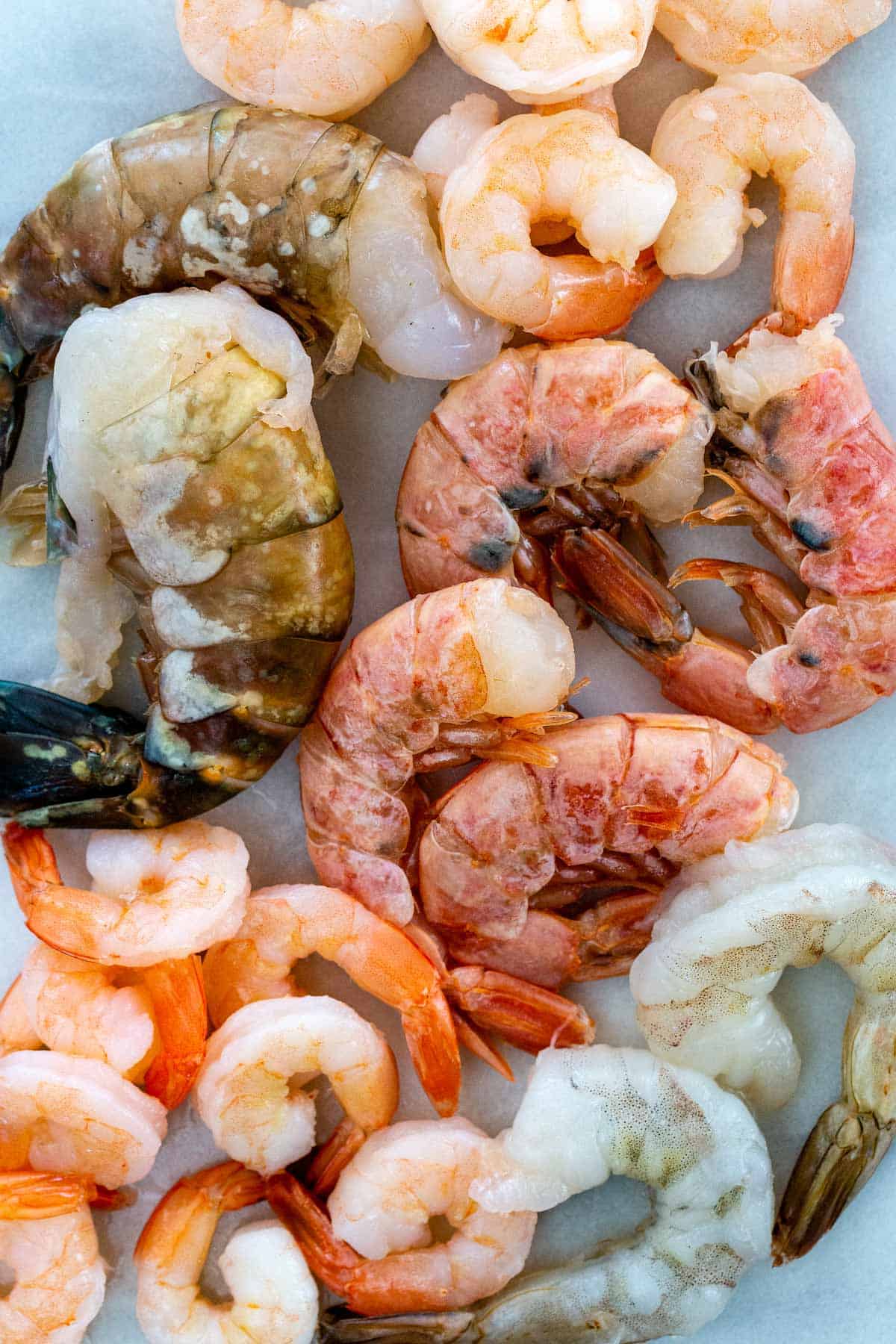Aquaculture is one of the most complex food production systems. All decisions taken by the farmer at all different levels of a farm’s organization can have a significant impact on the profitability of the farm; a couple of bad choices can lead to a catastrophe. Incorrect management of water quality, inadequate biosecurity measures, or the incorrect selection and application of feed can drive an aquaculture venture to red numbers.
In shrimp aquaculture, especially in pond and biofloc systems, the problem intensifies. Not only can we not see the cultured organisms due to the characteristics of the water and the size of the ponds, but also the market has different prices for different shrimp sizes, so the decision of when to harvest becomes even more significant.
Usually, framers tend to favor the production of large shrimp and biomass maximization since this would mean higher prices per unit and more income for increased biomass, but this is not always the answer that optimizes profits since it’s in the final weeks of production when costs intensify.
So the question is: what should I do as a farmer? Should I aim for large or small shrimp?
The answer depends mainly on two factors: biology and economics.
Biological aspects
The answer for profit maximization might not be so simple once we introduce the biological factors of the production, which we can reduce to growth and survival. Let’s start with growth.
We understand as growth or, more specifically, growth rate, the weight gain of the reared organisms over a specific period of time, being the most common one in shrimp aquaculture the gain in grams per week o per day. There is a misconception that shrimp grow 1 gram per week, it depends a lot, not only on the characteristics of water, genetics and density but also on the stage of production. The reason this happens is that growth does not follow a linear pattern over the life of shrimp; instead, it follows something similar to a logistic growth (see figure below). There is a maximum achievable weight for shrimp, and the closer shrimp gets to it, the slower they grow and the more feed we need to increase said weight.


In other words, if during the initial stages of grow out I only need 1 gram of feed to make shrimp grow 1 gram (or even more), during the final stages I will probably need 2 or more grams of feed per gram of weight gained, that is, the bigger the shrimp gets, the higher the feed conversion ratio (FCR). So, if we intend to grow large shrimp we must be prepared to either 1) produce in low densities and for a long period of time and/or 2) give a large amount of feed.
Apart from growth, survival is the second most significant biological aspect of production to keep in mind. Let’s remember that, even if we keep water quality parameters at an optimum level, have high biosecurity measures and control in our tanks, we should expect natural mortality. Again, large and low visibility ponds make it extremely difficult to precisely estimate the total number of shrimp in them. The majority of currently existing technologies to this end have been developed for clear water systems by using submersible cameras, for example.
As what happens with growth, survival doesn’t follow a linear progression in time; it follows a negative exponential form, meaning that mortality is higher during the first moments of production, and then it slows down following the negative exponential curve.

Mortality will have an impact on density. High mortality means smaller densities and, therefore, higher growth rates. As a general rule, if the producer opts for hiper-intensive productions, he will harvest smaller shrimp, while an extensive producer tends to harvest large-size shrimp.
These biological aspects of production have a significant impact on the final biomass harvested, but the answer to our question is heavily influenced by economics.
The second economic aspect to consider is price. The larger the shrimp, the higher the price, not only because of the total biomass but following a caliber structure. Thus, if you produce smaller shimp, the price per kg will be lower than that achievable if you produce larger shrimp. Even though this statement is true, the difference between prices is not always the same; it is dictated by the market. There might be seasons and areas where the market prefers smaller shrimp, increasing demand and hence increasing prices for that kind of product, and there might be other moments and places where these preferences are exchanged.
The third economic consideration is a little more abstract than the previous two, and it’s the value of money in time, which in this case can be described as a capital cost. In simple terms, it’s the money that the farmer doesn’t win by investing his money in another alternative (say, bank bonds), or the money the farmer loses by investing in growing shrimp. For example, if the farmer produces small shrimp, he will keep them in the pond for three or four months, while producing larger shrimp will take him five or six months. The two-month difference between small and large shrimp is an opportunity for the farmer to either produce more times per year or invest his money to gain interest during that period.
So to answer our original question, we need to account for all the previously described considerations, both biological and economical. In summary, smaller shrimp have a smaller production and capital cost and a lower selling price; on the other hand, larger shrimp have higher production and capital costs and better market prices. The answer to which is better will depend on all previous factors as well as some management decisions such as seeding density and available infrastructure. In our next post, we will present an example where we’ll show how, under similar conditions, one might be better off harvesting large shrimp or smaller shrimp with just a couple of variations in feed price, interest rate, growth rate, mortality, and prices.
